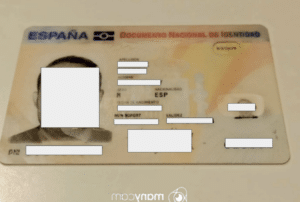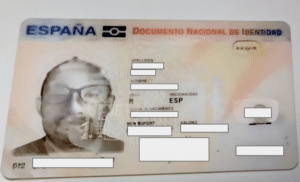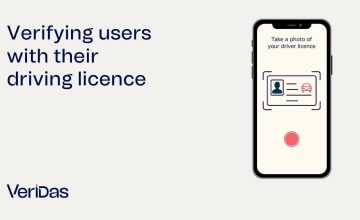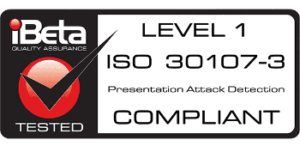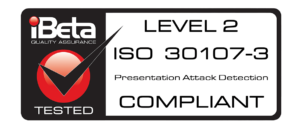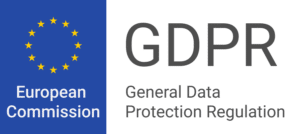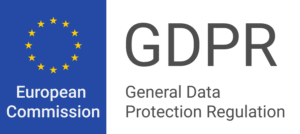In identity verification and biometric security, protecting against various types of fraud is crucial. Beyond common injection attacks and deepfake threats, advanced injection attacks have emerged and require a thorough analysis of the integrity of the device used during the identity verification process. These sophisticated attacks not only manipulate the presented content but also compromise the device itself to bypass security systems.
Types of Identity Fraud Attacks
- Presentation Attacks: These occur when an attacker presents falsified evidence directly to the capture device’s camera, such as printed photos, screenshots, masks, or plays audio from a speaker to deceive the biometric verification system.
- Injection attacks: In this case, the attacker injects false data directly into the system, bypassing the device’s camera. This can include uploading modified synthetic identity formats such as images, audio or video, using software to modify data transmission, or injecting fraudulent information into communication channels.
- Advanced Injection Attacks: These are an evolution of traditional injection attacks and pose a higher level of threat. Here, attackers not only manipulate data but also compromise the integrity of the device used for verification. They employ techniques like emulators, hardware manipulation, or bots to alter the data source, making the system trust falsified information as if it were legitimate.
Types of injection attacks
Injection attacks exploit vulnerabilities in how images, videos, and audio are processed.
- Document Injection: Use of fake or manipulated IDs.
- Selfie Injection: Sending altered images, deepfakes, or manipulated photos to match faces with documents.
- Video Injection: Using pre-recorded, edited, or AI-generated videos to mimic live interaction and deceive facial recognition.
- Voice Injection: Introducing altered recordings or synthetic voices to impersonate identities.
- Data Channel Manipulation: Intercepting and modifying data during transmission to insert fraudulent information.
|
|
|
|
Types of Advanced Injection Attacks
These attacks compromise device integrity, making them harder to detect.
- Device Emulation: Software that replicates the behavior of real devices, like smartphones, in controlled environments.
- Bots: Scripts programmed to perform tasks without human intervention, bypassing security measures.
- Virtual Machines: Simulated environments that replicate physical devices to avoid security restrictions.
- Development Tools: Specialized software used to manipulate biometric data.
How can injection attacks be prevented
Veridas employs a comprehensive set of security measures designed to detect and prevent injection attacks. Key methods include:
- API Security: Prevents unauthorized requests that could inject malicious content, using advanced protections like API key authentication, IP filtering, and robust security protocols.
- Virtual Camera Detection: Identifies and blocks fake cameras to stop fraudulent images or videos from being injected as if from a real camera.
- Man-in-the-Middle Attack Detection: Prevents manipulation of images before biometric processing by detecting digital alterations, compression, format changes, and cropping.
- Business Intelligence Techniques: Monitors various parameters to ensure the integrity of the identity verification process, confirming it occurs entirely on the same device and preventing external data injection.
- Deepfake Detection: Analyzes images, videos, and voices generated by AI to differentiate authentic content from deepfakes, ensuring only genuine data is processed.
Detecting Advanced Injection Attacks with Veridas Solutions
Veridas also addresses more sophisticated threats where devices have been tampered with.
- Emulators: We identify inconsistencies in device metadata, anomalies in interactions, and emulation signals to prevent fraud attempts.
- Bots: We use behavioral biometrics and anomaly detection to recognize and block automated activity, ensuring only legitimate users gain access.
- Virtual Machines: We analyze runtime characteristics to detect and block fraud attempts involving virtualized environments.
- Development Tools: We implement measures to restrict the use of these tools, preserving the integrity of the verification process.
Injection Attack Example
Since 2021, a major global financial institution has used our solution to protect its identity verification process. In late 2024, it reported highly sophisticated impersonation attempts generated with Gen-AI, where attackers used emulated devices to bypass security controls.
In response, we implemented our new AIAD solution, effectively detecting these attacks. Within the first 15 days, over 577 fraudulent processes from emulated devices were identified, accounting for 2.2% of the 50,000 monthly customer sign-ups.
This case highlights the growing sophistication of identity theft attacks and the importance of advanced technologies to mitigate these risks.
Mitigating Deepfake Threats
Deepfakes present a significant challenge due to their ability to create highly realistic but fake images or videos. Veridas employs specialized algorithms to detect deepfakes in both identity documents and selfies, complementing the anti-injection measures. These algorithms work in conjunction with other security techniques to ensure the system can accurately identify and reject deepfake attempts.
Regulatory Compliance and Certifications
Veridas solutions are not only robust in their technological capabilities but also comply with strict regulatory standards. In Spain, for example, the National Cryptologic Center (CCN) has set guidelines for evaluating video identification tools, requiring the detection of various identity theft attempts, including deepfakes and advanced injection attacks. Veridas achieved a 0% error rate in these evaluations, demonstrating the effectiveness of its security measures.
Conclusion
Injection attacks have evolved from traditional methods to more sophisticated tactics that compromise not only data but also the integrity of the device used in identity verification. In the face of this growing threat, advanced security solutions capable of detecting and blocking fraud attempts in real-time are essential.
Veridas leads the fight against these attacks by using deepfake detection algorithms, device integrity analysis, and continuous activity monitoring. These technologies strengthen protection against unauthorized access, ensuring safer and more reliable verification processes. In an ever-evolving digital landscape, adopting innovative measures and adhering to the highest regulatory standards is key to maintaining user trust and security.






